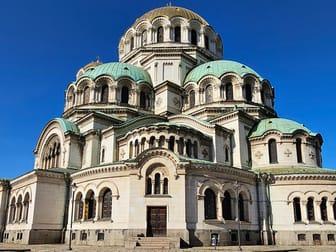National Assembly of Bulgaria
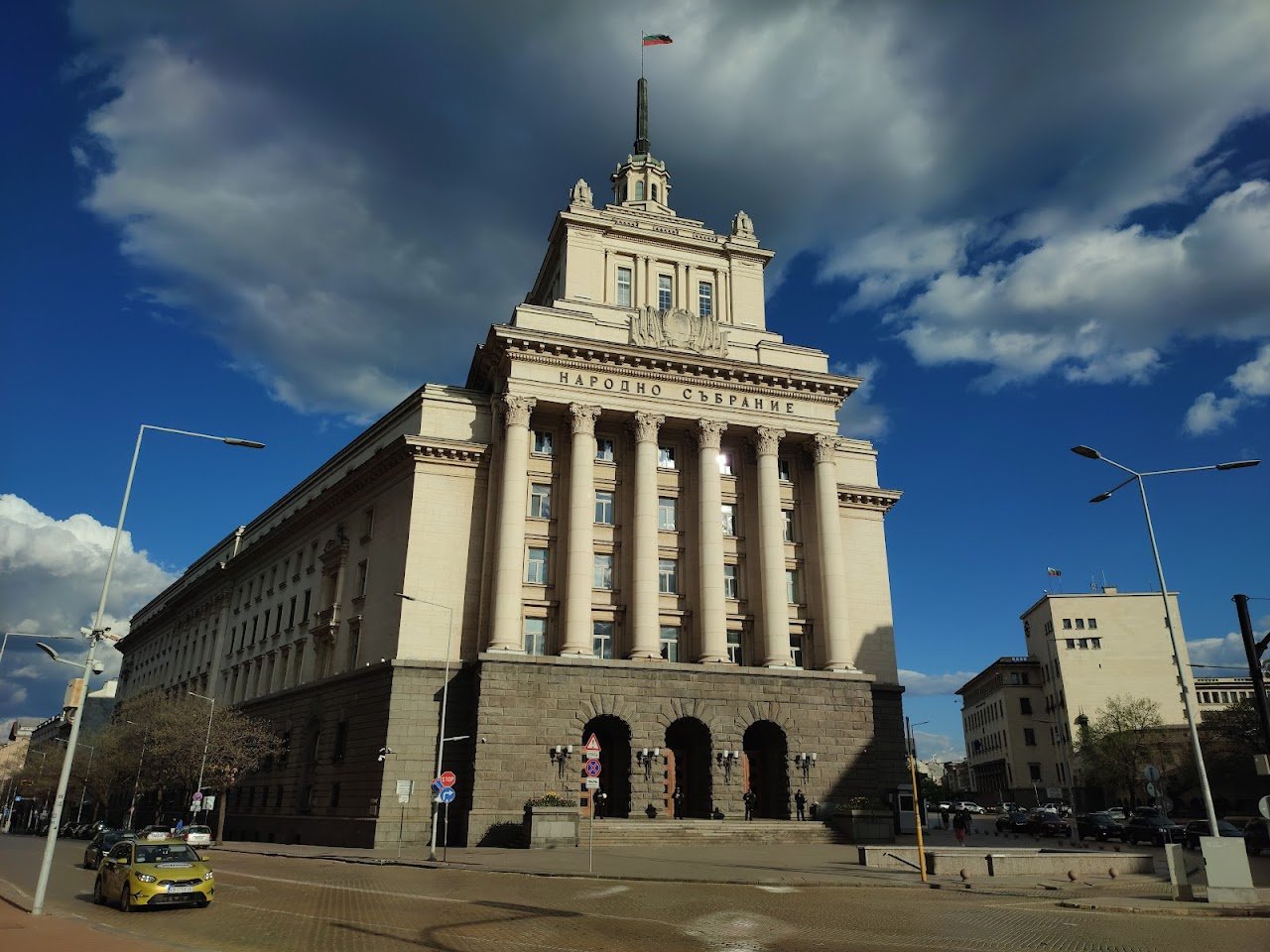
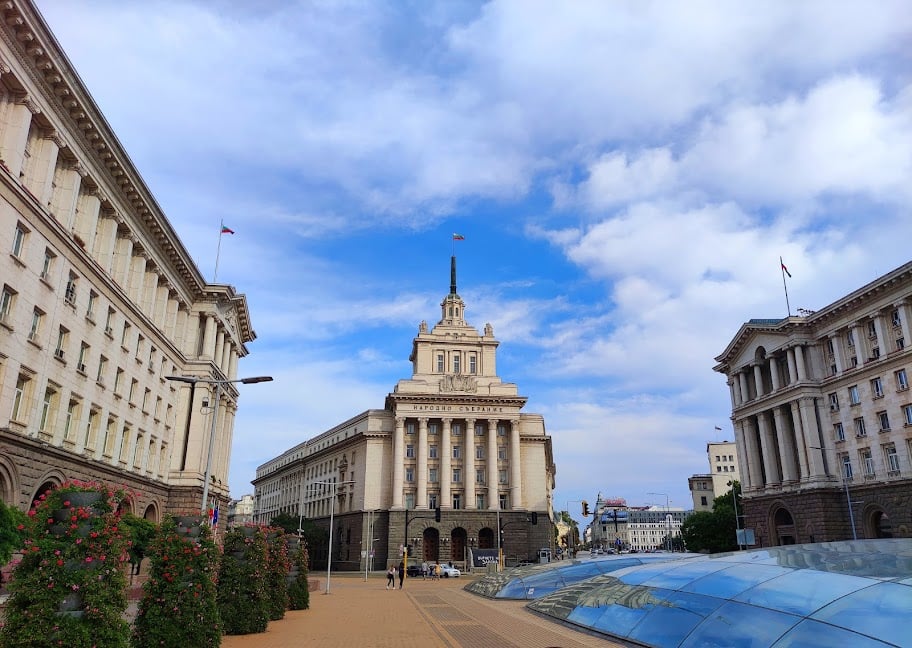
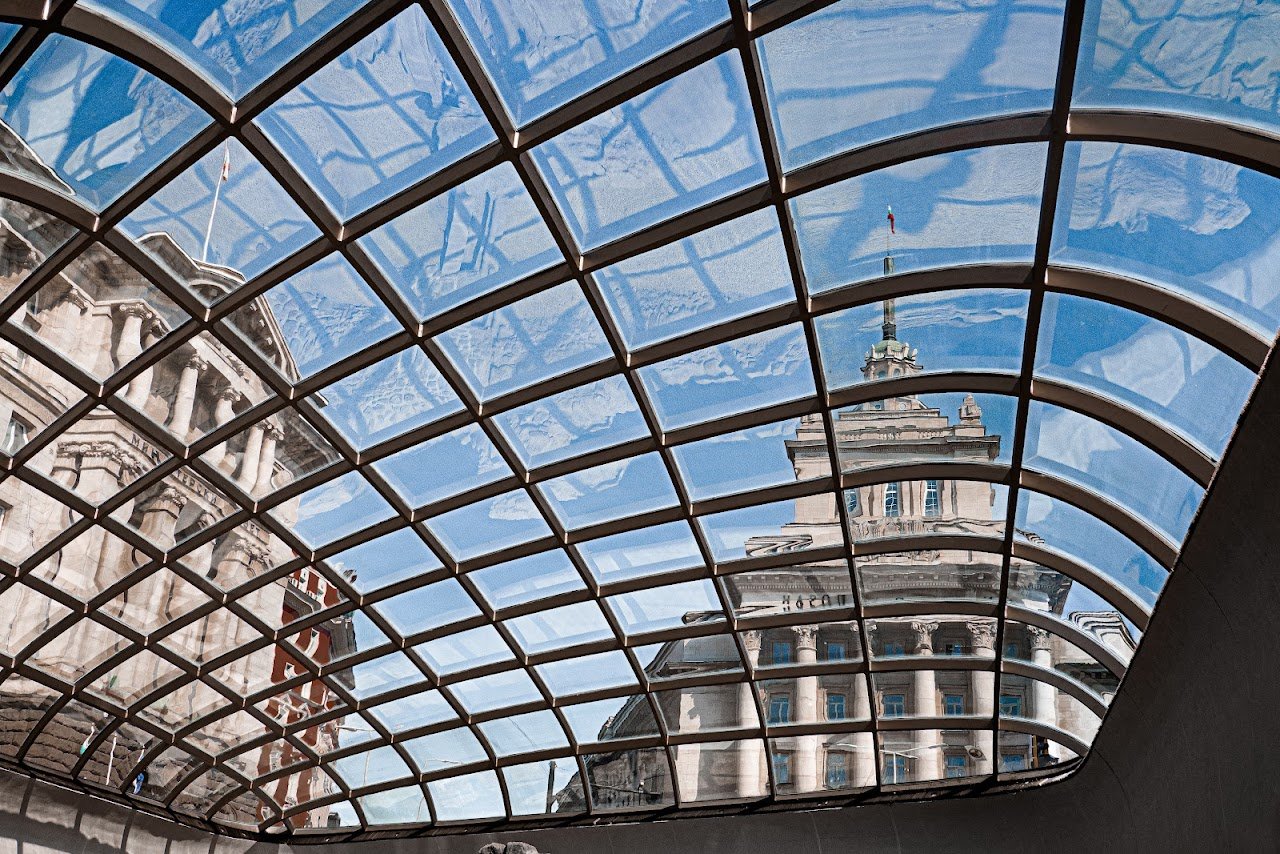
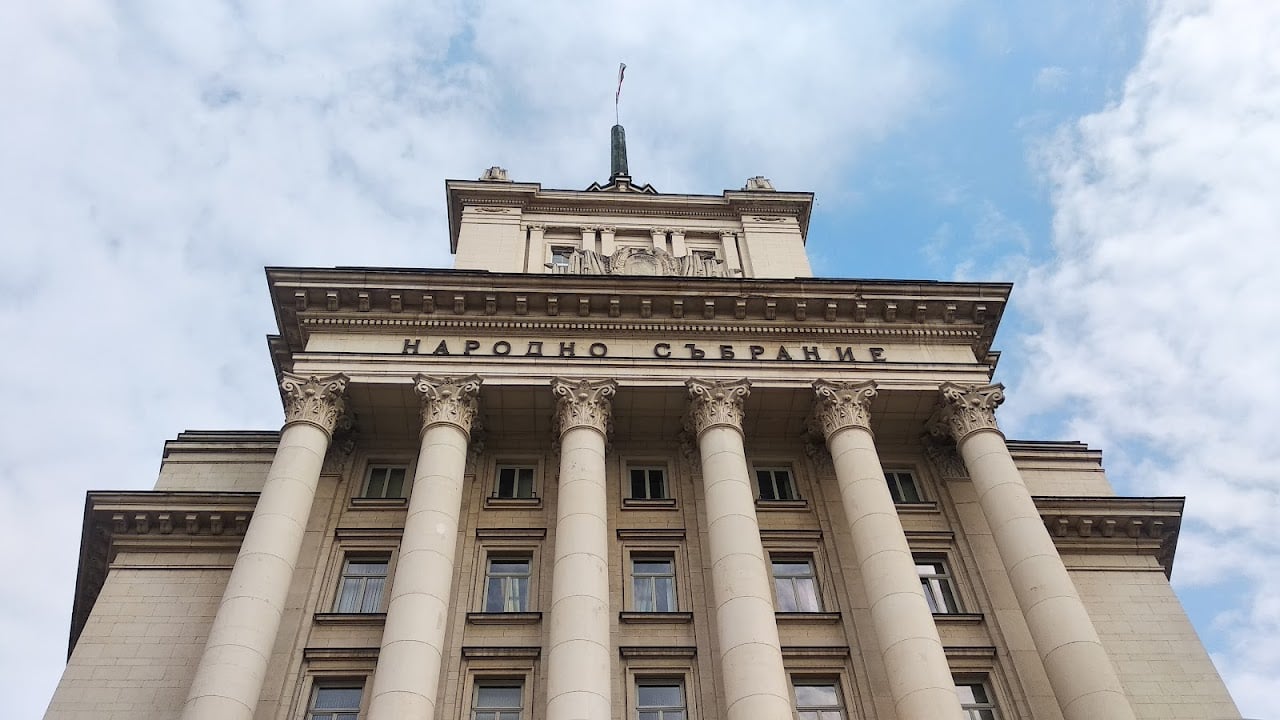
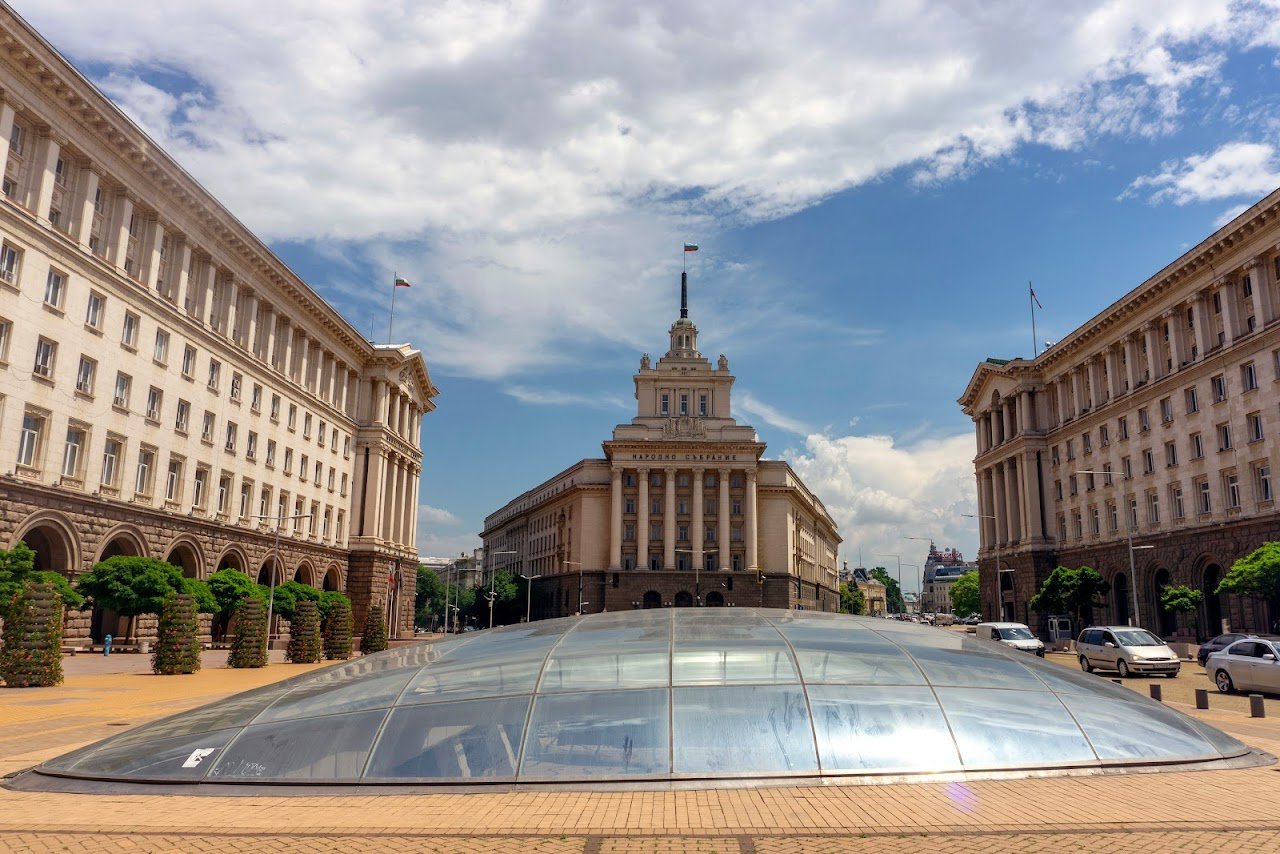
Ask ThatchGPT
Suggest a local expert to plan my trip
Suggest an unique itinerary for my Sofia trip
What foods do Sofia locals eat
What are some true hidden gems in Sofia
Help me brainstorm trip ideas for Sofia
Help me plan a family-friendly trip to Sofia
What people say
Pedro Pereira
Available for hire
"Located in the heart of the capital city, the building was constructed between 1884 and 1886, serving as the seat of the Bulgarian National Assembly. Designed by the architect Peter Paul Gendov, the structure reflects the neoclassical architectural style, characterized by its grand columns, symmetrical shapes, and elegant proportions. Originally, the building was called the "National Assembly Hall," and it has been at the center of Bulgaria's legislative activities since its completion.
Historically, the National Assembly building has witnessed crucial events in Bulgaria's political evolution, including the establishment of parliamentary democracy after the Liberation from Ottoman rule in 1878. The building has undergone several renovations and expansions over the years, particularly after World War II when it was adapted to accommodate the needs of the communist government. The iconic facade, featuring a central portico with columns, is complemented by intricate details and sculptures that highlight Bulgaria’s rich cultural heritage. The impressive dome above the assembly hall symbolizes the importance of governance and democracy in the nation.
In recent years, the National Assembly building has continued to be a focal point of Bulgarian democracy, hosting parliamentary sessions and national celebrations. Its central location in Sofia, opposite the notable Alexander Nevsky Cathedral, enhances its prominence as a symbol of the nation’s governance. The building not only serves a functional purpose but also stands as a historical monument, embodying the struggles and aspirations of the Bulgarian people throughout their journey towards democracy and sovereignty. Its architectural grandeur and historical significance make it a key site for both locals and visitors interested in Bulgaria’s rich cultural and political narrative."
Lyndsey Kerridge
Available for hire
"If you head west via Tsar Osvoboditel Boulevard (which by the way we call “the yellow pave road” due to its surface), you will get to the very center of Sofia. It is one of the landmarks of the capital. The ensemble consists of three buildings which are considered to be the symbol of the Socialist Classicism. If you are coming from the National Archaeological Museum you will find the National Assembly of Bulgaria on your right. The building on the left is nowadays the President’s Office, but also hosts Hotel Sheraton and the Ministry of Education. The one opposite it is today accommodating the TZUM department store (a central universal store) and the Council of Ministers of Bulgaria. The last two are almost identical buildings.
One of the most spectacular things is to watch the changing of the guards in front of the President’s Office. Similar to the famous ones in front of Buckingham palace, the guards have nice uniforms and are not allowed to talk to the civils while on duty.
The whole area was renovated a couple of years ago and now has an European look. Following the democratic changes after 1989, the symbols of communism in the decoration of the Largo were removed, with the most symbolic act being the removing of the red star on a pole atop the former Party House and its substitution by the flag of Bulgaria."
Read more in:
Mentioned in these guides
About National Assembly of Bulgaria
Get the inside scoop on National Assembly of Bulgaria from local experts, travel creators, and tastemakers. Browse genuine trip notes, National Assembly of Bulgaria reviews, photos, travel guides, and itineraries from real travelers and plan your trip with confidence.
Save this spot for later or start mapping out a new trip today
Try our AI Travel Assistant and get instant answers to any questions about your trip.
Ask ThatchGPT


